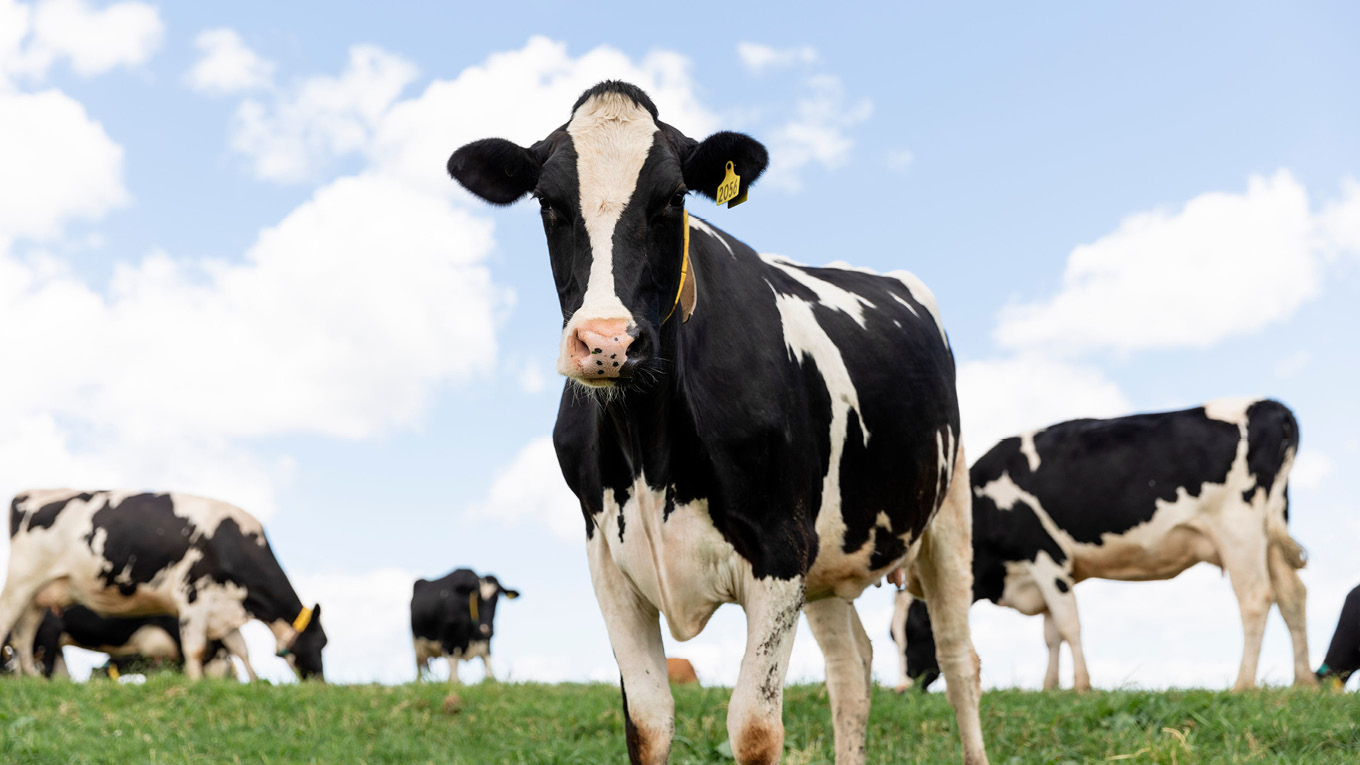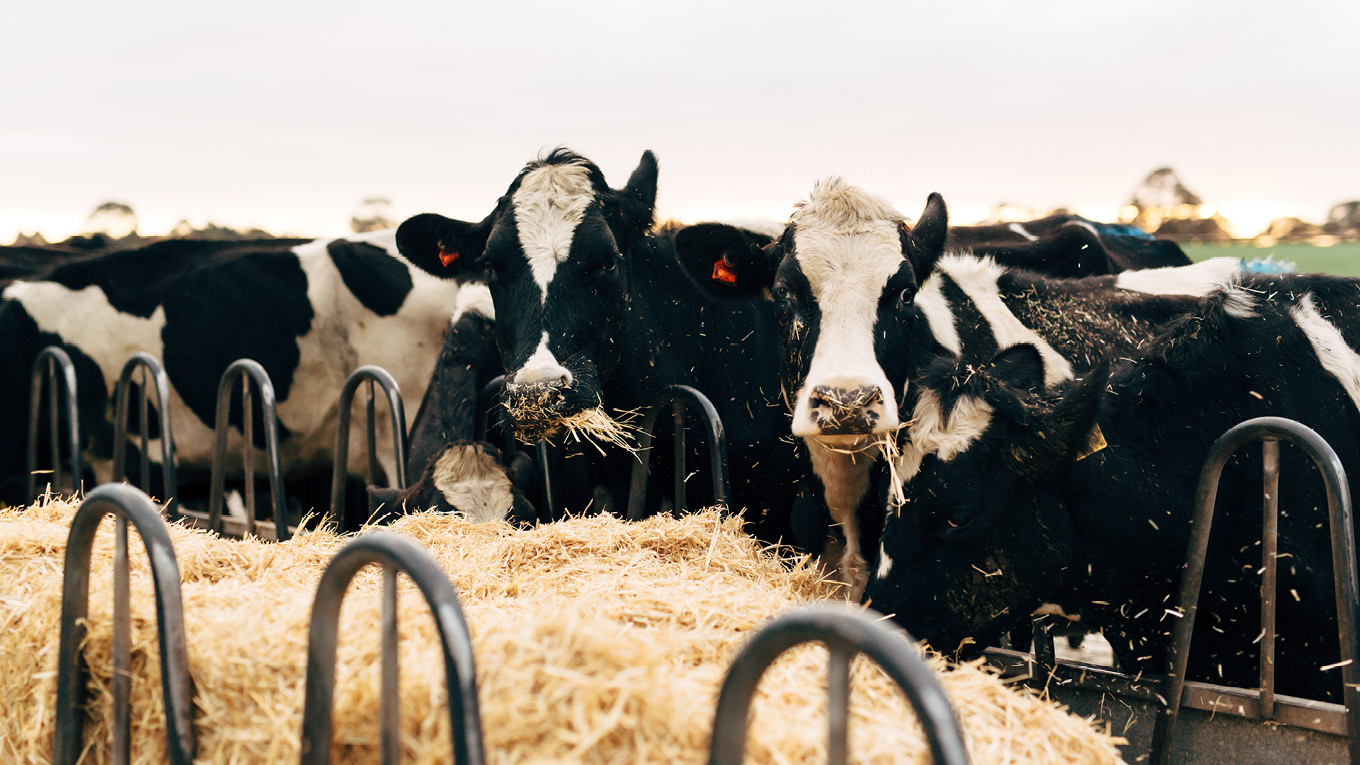Processed Concentrates
Most grains fed to dairy cows need to be crushed, ground or processed to some degree in order to maximise the digestibility of the grain. Feeding whole or unprocessed grains directly to dairy cows results in very poor utilisation of these supplement and low milk production responses.
Cereal grains
Cereal grain such as barley, wheat, maize and triticale are all high in starch and are commonly used on Australian dairy farms as supplements to boost milk yield responses. These grains must be processed in order to break the seed coat and enable the rumen microbes to digest the grain contents.
Oats are an exception to this rule and are the only starch-based cereal grain that can be fed whole to cows. However, as oats are lower in metabolisable energy than the other cereal grains, they are less popular as a dairy cow supplement.
Protein concentrates
Solvent-extracted or expeller canola meal does not need to be processed as it has a finely ground texture and has enough surface area to be optimally digested in the rumen.
Lupins have a very hard outer shell and must be cracked in order to be efficiently digested. Heat treatment of protein grains during processing can increase the amount of bypass protein – the protein digested beyond the rumen – which, in some instances, can result in improved milk yield responses.
Pelleting of feeds
Many farmers feed pellets instead of crushed grain. While generally more expensive, pellets do have a number of advantages in that there is no time or equipment required to process pellets. In addition, pellets may be safer for rumen health at high levels of feeding, compared to crushed wheat or barley. This is due to the heat treatment received while being processed into pellets, potentially slowing down the rate of starch degradation in the rumen.
Pellets can also be a more suitable option on smaller farms where dairy grain feeding infrastructure may be more basic and there is less opportunity to strike any bargains for a better grain price due to the lower total amount of concentrate used on the farm.
Farmers feeding pellets can be confident that every mouthful of feed their cows consume is uniform and consistent, which is not always the case when feeding a grain mix.
Rolling, disc and hammer milling of grain
It is generally recommended that roller or disc mills be used to process wheat, barley and triticale, while hammer milling is more suitable for harder grains such a maize grain and sorghum grain. The aim is to break the grain into 4–5 pieces to enable it to be digested in the rumen at a steady rate.
If the grain is too finely processed, this means that there will be increased surface area available for digestion in the rumen and it will be digested quicker. In high levels of grain feeding, this may cause issues with excessive amounts of volatile fatty acids being produced which can reduce rumen pH to very acidic levels and cause acidosis. More information about this is available on the ruminal acidosis page.
If grains are not over-processed, it is possible for some starch to escape digestion in the rumen and be digested in the small intestine, which can improve milk yield responses in certain circumstances. Maize grain is a good example of this, when optimally processed and fed at reasonably high levels of grain feeding (more than six kilograms per day).
More detailed information on processing and crushing of grain is available in the report, Dairy cow feeding: Processing grain to optimise milk income over feed costs and feed efficiency. This report has been produced as part of the Feed Grain Partnership, a collaborative initiative of research and development corporations including Dairy Australia.
Downloads
-
Technote 9 processing grain to optimise milk incomePDF, 2.2 MB



